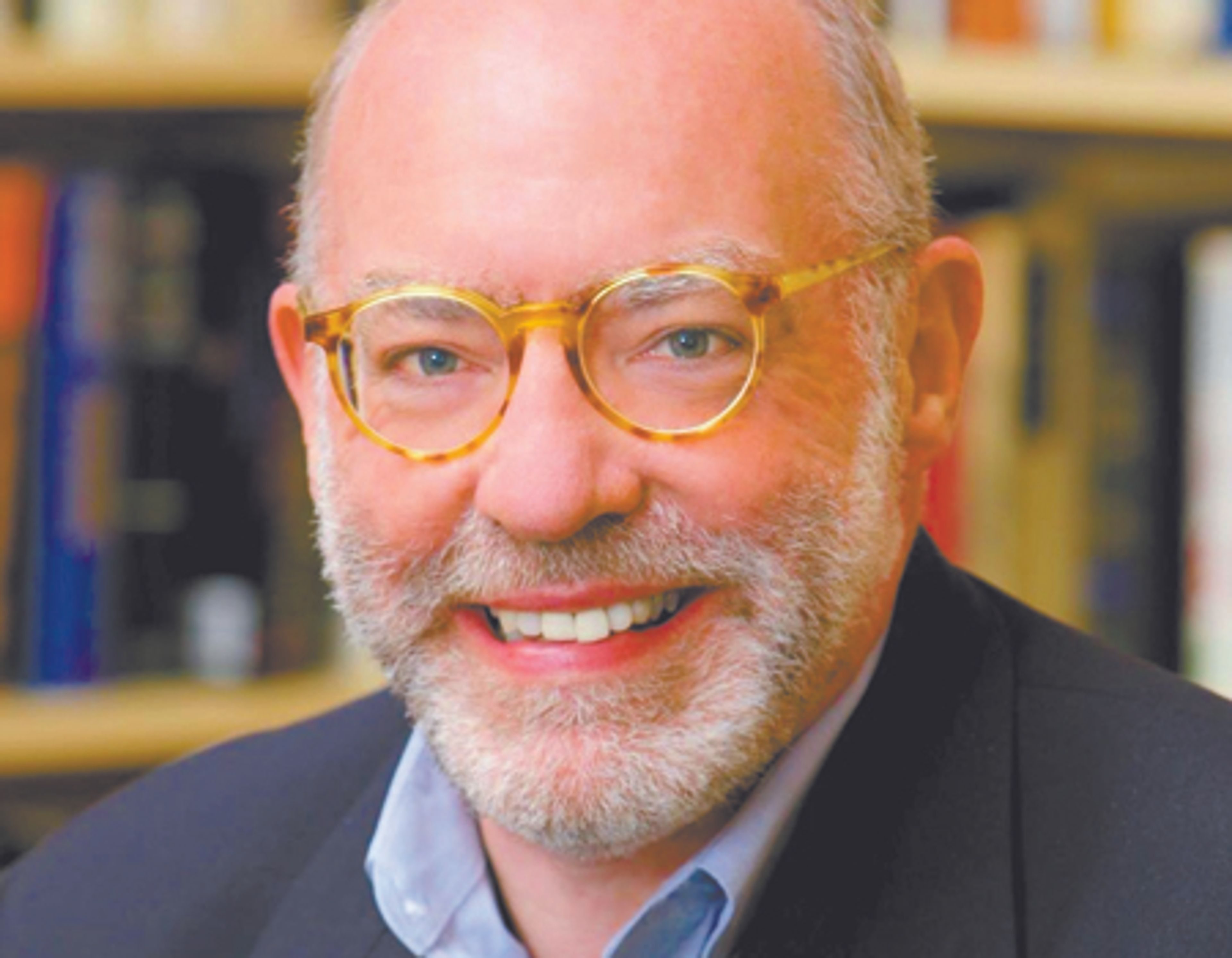OPINION: The price of Moyle’s tax scheme keeps rising
Editorial: The Tribune’s Opinion
Now we know the cost of providing a windfall for businesses at the expense of Idaho homeowners.
Even at the most conservative account, it comes in at more than $200 million.
And for that particular insight, you can thank Idaho House Speaker Mike Moyle, R-Star.
Moyle either tolerated or engineered a six-year-long shift that saw taxes on owner-occupied homes skyrocket. But those extra taxes didn’t buy more police or fire protection. Instead, the money went into the pockets of people who own car lots, hotels, industries and retailers.
Nez Perce County homeowners know that only too well.
For example, owners of a Normal Hill home last year saw their taxes jump from $2,366 to $3,239 while the taxes on a Lewiston car lot dropped from $78,594 to $70,579.
A big part of the story behind that was the Legislature’s mishandling of the Homestead Exemption. A ballot initiative passed by the voters four decades ago, it was intended to spare half of a modest home’s value from taxation. At the time, the average selling price of an Idaho home was within range of the exemption’s maximum benefit of $50,000.
To keep pace with residential real estate prices, the Idaho State Tax Commission says the Homestead Exemption’s maximum benefit should be $224,360.
But in 2016, the GOP-led Legislature decoupled the exemption from a residential pricing index. So it’s frozen at a maximum benefit of $125,000. Any home assessed above $250,000 loses the full protection of the exemption — and most Idaho homes are worth far more today.
As a result, residential property owners paid a record 75.2% of the property tax burden last year. That’s up from 64% in 2017. By contrast, the tax burden on commercial properties dropped from 28% in 2017 to 20% last year.
Moyle and his colleagues faced a choice: They could address the mistake they made six years ago by restoring the purchasing power of the Homestead Exemption. Reversing the shift would have reduced taxes on homeowners. And although that would have meant more taxes for commercial property owners, such a decision would have restored some equity to the system.
Or they could throw money at the problem.
They threw money at the problem — more than $314 million.
That produced two results: Taxes on homes declined. But most of the tax windfall enjoyed by businesses endured.
For instance, taxes on that Normal Hill home dropped back down to $2,625 this year. Meanwhile, owners of that car lot, with the Legislature’s help, saw their taxes fall again, down to $68,908.
In its year-end report released last week, the State Tax Commission documented the trend statewide.
You’ll get a debate about some of the details.
Since $97 million was parceled out to cover some of the costs associated with school construction bonds and supplemental levies, it was not necessarily direct tax relief to homeowners.
But that leaves about $217 million targeted toward property tax cuts, which lowered the tax burden on owners of residential property to 70.8% while commercial properties paid 24.9%.
And owners of primary dwellings — not vacation homes or rentals — will pay 43.3% of the property taxes.
What would have happened had Moyle and the Legislature simply reversed their error of 2016 and updated the homeowner’s primary tax break to reflect inflation?
The Tax Commission’s template says the residential property owner’s share of the tax burden would have dropped slightly more — to 70.7%. The share of the tax burden borne by owner-occupied homes would have dropped to 43.6%.
In other words, Moyle spent a great deal of money to avoid fixing the Homestead Exemption and, in the process, protect commercial property owners.
Nor is it sustainable. Moyle’s plan is essentially a surplus-eliminator. Surplus money is available to spend once. There’s a good chance Idaho won’t be sitting on as much cash next year. And in passing the Moyle plan, lawmakers envisioned devoting less toward property tax relief next year — no more than $272 million and as little as $122.5 million.
Moreover, addressing the Homestead Exemption might have freed at least $217 million for something else.
Such as erasing every supplemental levy in the state.
Or pumping enough money into the higher education budget to eliminate the need for student tuition increases.
Certainly, that kind of cash could have provided even more robust job-training and scholarship opportunities for Idaho’s high school graduates.
But homeowners generally don’t make the kinds of campaign contributions that get the Legislature’s attention. High school graduates are not inclined to hire lobbyists.
In a column that appeared on this page in June, Moyle defended his approach as “real property tax relief,” and not a “shift and shaft approach.”
Sorry, Mr. Speaker, but the math doesn’t lie. You’ve got this one backwards. — M.T.








